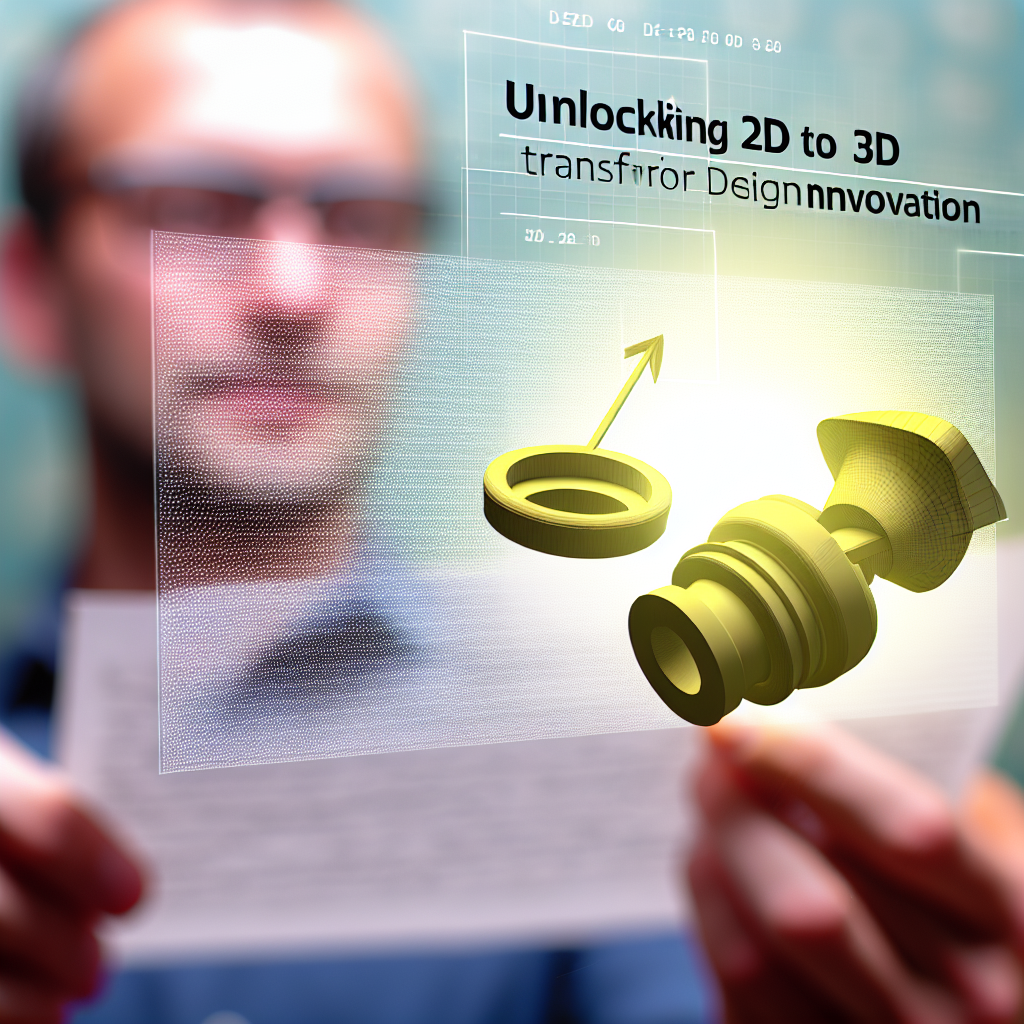In today’s rapidly evolving design landscape, transforming 2D concepts into immersive 3D models has become essential for innovation and competitiveness. This webinar explores the comprehensive journey from building basic 2D designs to mastering 3D visualization and beyond, empowering designers and engineers to push creative boundaries and enhance project outcomes.
Unlocking the Power of 2D to 3D Transformation
Transitioning from 2D to 3D is a pivotal step in modern design workflows, offering a more comprehensive understanding of spatial relationships and design intricacies. Initially, 2D drawings serve as blueprints—clarifying dimensions, annotations, and fundamental layouts. However, they often limit the designer’s ability to predict real-world applications and interactions. Moving into 3D modeling transforms these blueprints into dynamic, lifelike representations that provide deeper insights into form, function, and aesthetics.
Advanced 3D modeling tools facilitate this transition, enabling designers to create detailed, editable models that can be simulated, tested, and refined. Incorporating features like parametric modeling and real-time rendering allows users to identify design flaws early, reducing costly revisions later. Furthermore, 3D models enhance communication with clients and stakeholders, providing them with virtual walkthroughs and immersive experiences that simpler 2D plans cannot match.
Going Beyond: Leveraging 3D for Innovation and Efficiency
Building upon the foundation of 3D modeling, the next frontier involves integrating innovative technologies to do more than just visualize. Techniques such as **virtual reality (VR)** and **augmented reality (AR)** bring designs to life, enabling virtual walk-throughs and real-world overlays that improve decision-making and stakeholder engagement. These immersive experiences facilitate better collaboration, faster approvals, and more refined final products.
Moreover, 3D models are increasingly integrated with **computational design** and **simulation software**—allowing engineers and designers to analyze structural integrity, aerodynamics, thermal performance, and other critical parameters within a virtual environment. This convergence accelerates the product development cycle, reduces reliance on physical prototypes, and fosters a culture of continuous innovation.
Finally, embracing **parametric and generative design** tools optimizes creativity and efficiency. These methods automate complex design processes, generating multiple variants based on set parameters. This not only broadens the scope of possible solutions but also streamlines the decision-making process, resulting in optimized, sustainable, and innovative outcomes.
In conclusion, mastering the transition from 2D to 3D and leveraging the latest technological advancements enables professionals to elevate their design capabilities. From detailed blueprints to immersive virtual experiences and innovative simulations, this evolution opens new avenues for creativity, accuracy, and efficiency. Embrace these tools to go beyond traditional boundaries and transform your projects into visionary realities.
